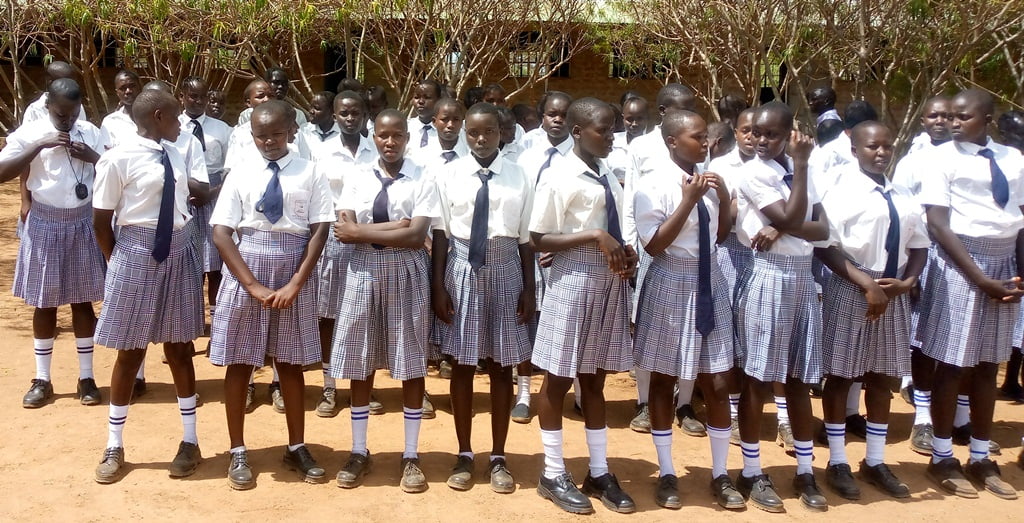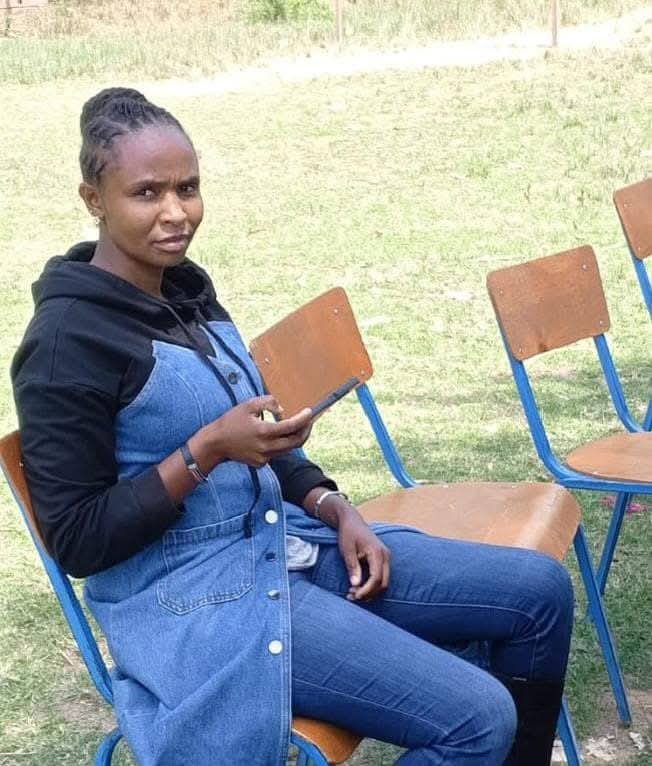Cash strapped girls from low income pastoralist rural community of West Pokot County are reportedly using rags, pieces of cloth and mattresses in place of sanitary towels during menstruation.
This is because many lack access to commercial sanitary wear as many parents are poor.
Menstruation, lasting about five days, requires an average of Ksh500 worth of pads a month for most. That money is too much for these rural girls.
If they attend school without proper sanitary wear, many girls suffer psychologically due to shame and embarrassment.
This is aggravated by societal norms and taboos that stigmatize menstruation in the region, contributing to absenteeism and dropout.
However, some mentorship programmes are trying to help these girls navigate the transition from childhood to adolescence and manage menstruation while in school.
The Ajuma Foundation and Rubis are also helping them overcome negative peer pressure, avoid risky sexual behaviour, give birth to their first children at a later age, change negative attitudes toward education, and deal more effectively with problems related to female genital mutilation (FGM).
Through the mentorship programme, the organization is distributing free branded exercise books worth millions of shillings to learners in public primary schools that seek to boost literacy levels in rural parts of Kenya.
Ajuma Nasanyana, an international fashion model born in Turkana who is a champion for education in rural Kenya, says high poverty levels among young girls leads to cultural stigma around menstruation.
The philanthropist who delivered motivational and inspirational talks to learners at Kacheliba girls Primary School says there is a need to empower girls with a focus on rural Kenya as well as pastoralist and vulnerable communities.
Nasanyana said the project also seeks to address challenges that include teen pregnancy, period poverty, hunger and insufficient water storage facilities, among other issues which have been barriers to a holistic education for young learners.
By Evans Kapusia
Get more stories from our website: Education News
To write to us or offer feedback, you can reach us at: editor@educationnews.co.ke
You can also follow our social media pages on Twitter: Education News KE and Facebook: Education News Newspaper for timely updates.
>>> Click here to stay up-to-date with trending regional stories






